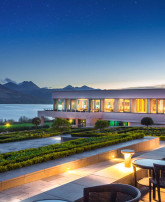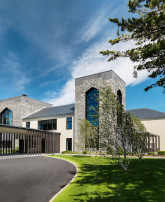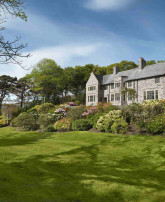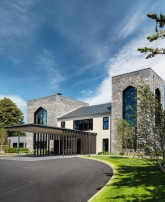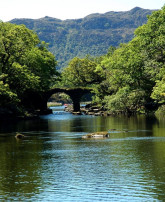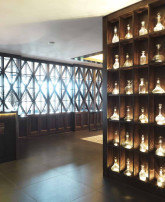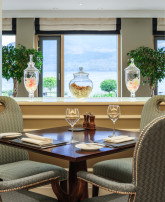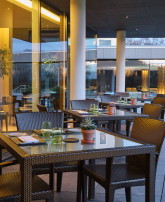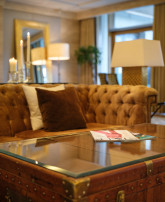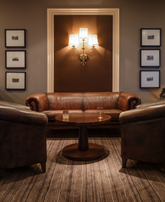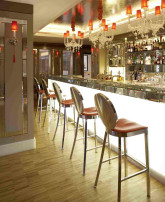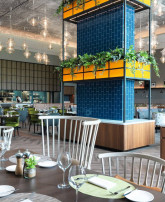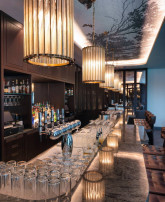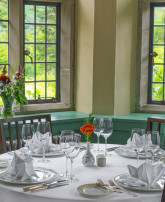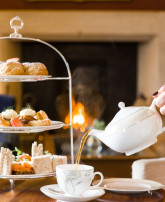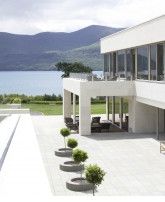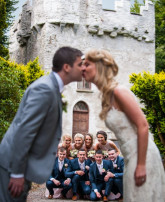
A peek into the history of Muckross House and Gardens
Posted: 18 April 2024
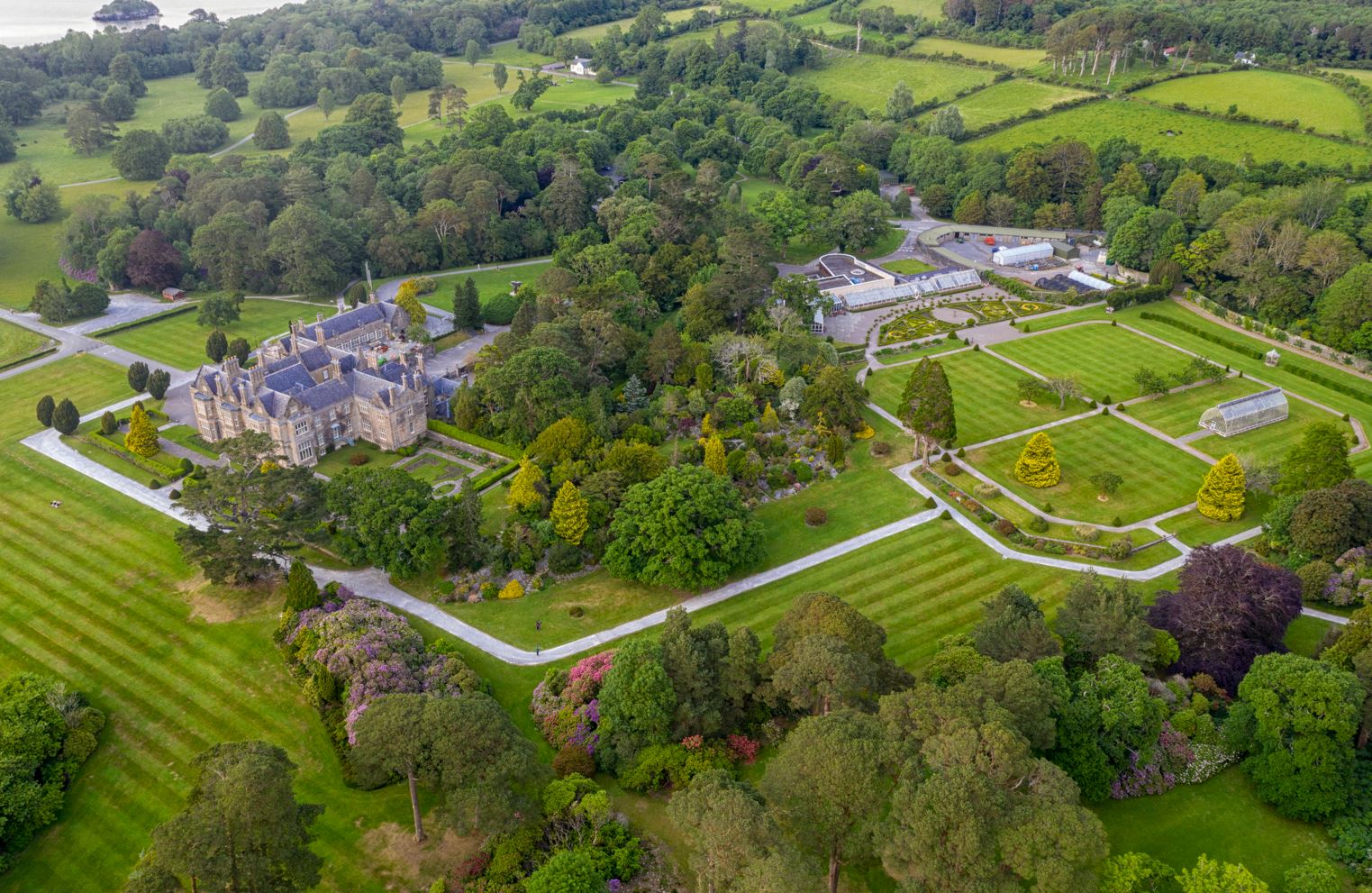
Muckross House is a spectacular Victorian mansion that was constructed in the mid-19th century. This house was built for Henry Arthur Herbert and his wife, the watercolourist, Mary Balfour Herbert, who were celebrated philanthropists in Irish society, known for their dedication to improving the lives of the people of their estate. Though they and the splendid Muckross House also received the limelight for nearly going bankrupt in constructing a home fit for the visit of Queen Victoria in 1861, the Muckross House represents the focal point and nucleus of Ireland’s oldest national park, Killarney National Park.
The house is situated on the shores of Muckross Lake, which is one of Killarney's three lakes, famed world-wide for their splendour and beauty as the ideal destination for family breaks. The splendid mansion was designed by William Burn, a well-known Scottish architect in the Tudor style. The house was constructed from 1839 to 1843. In 1932, Muckross House and its surrounding lands were generously donated to the Irish nation by its then-owner, Arthur Vincent, 3rd Baronet of Muckross. Today, Muckross House is managed by the Irish state and serves as a museum, offering visitors a glimpse into the opulent lifestyle of the Victorian era.
The roots of the Herbert family in Kerry are older than this house. This was actually the fourth house that successive generations of the Herbert family had occupied at Muckross over a period of almost two hundred years. The family was originally from Wales and moved down to Ireland in 1665, acquiring the lands around the current Muckross estate and expanding their control over the land. The Herbert family played a significant role in the local community, embracing their involvement with enthusiasm. In 1776, Arthur Young, a key figure in the agricultural revolution, visited Muckross and discovered a kindred spirit in Thomas Herbert, the progressive owner of the estate. The woodland areas on Torc Mountain were cultivated under the stewardship of Thomas's son, Arthur, who also served as Kerry's T.D. (government representative) from 1806 to 1813.
However, the Herbert family temporarily departed from their beloved Muckross following the death of Henry Arthur Herbert in 1823. Left behind was his widow, Louisa, tasked with supporting six children, prompting her to return to England, and the family home passed to her son, Major Henry Arthur Herbert.
Muckross House holds a special place in history as a former residence of Queen Victoria. In the mid-nineteenth century, Queen Victoria's visit to Killarney caused immense excitement, highlighting her significant influence as a powerful figure of her era. In 1861, during her visit to Ireland with her husband, Prince Albert, Queen Victoria stayed initially at Killarney House, and the royal party later arrived at Muckross for a private two-night stay as a guest of the Herbert family. During the 1850s, the Herberts did extensive garden work for this visit. The visit was meticulously planned, with no expense spared in furnishing the house and providing royal accommodations. The Queen and her party were afforded their own separate apartments within Muckross House, ensuring privacy and comfort. Activities included tours of the estate, hunting expeditions, and a visit to Muckross Abbey, where Queen Victoria was reportedly delighted by the atmospheric ruins. Gifts exchanged included jewellery for Mrs. Herbert and her daughters, possibly including paintings by Mary Herbert now housed in the Royal Collection.
By 1861, the Herberts had spent lavishly, but by 1897, post the death of Henry Arthur in 1866, they faced financial ruin due to poor investments and excessive spending. In 1899, Muckross House was auctioned in Dublin due to their financial difficulties. Lord Ardilaun, a member of the Guinness family and a distant relative of the Herberts, became the new owner. However, the estate did not hold much appeal for the Ardilauns, who primarily rented it out for seasonal shooting and fishing parties, spending minimal time there themselves.
In 1910, Muckross came under new ownership, being leased to William Bowers Bourn, who was a prosperous Californian gold miner. His daughter, Maud, married an Irishman, Arthur Rose Vincent, and the couple received Muckross as a wedding gift. They transformed the estate into a beautiful family home, investing heavily in its gardens, including the Sunken Garden, Rock Garden, and Stream Garden. Vincent was a prominent figure, served in World War I and later played a role in negotiations between the IRA and the British during the Irish War of Independence. After his wife's passing in 1929, Vincent expressed his desire to gift Muckross to the Irish nation, a decision possibly inspired by his patriotism, and handed over the estate to the Irish government in 1932, making Muckross Estate the country’s first national park.
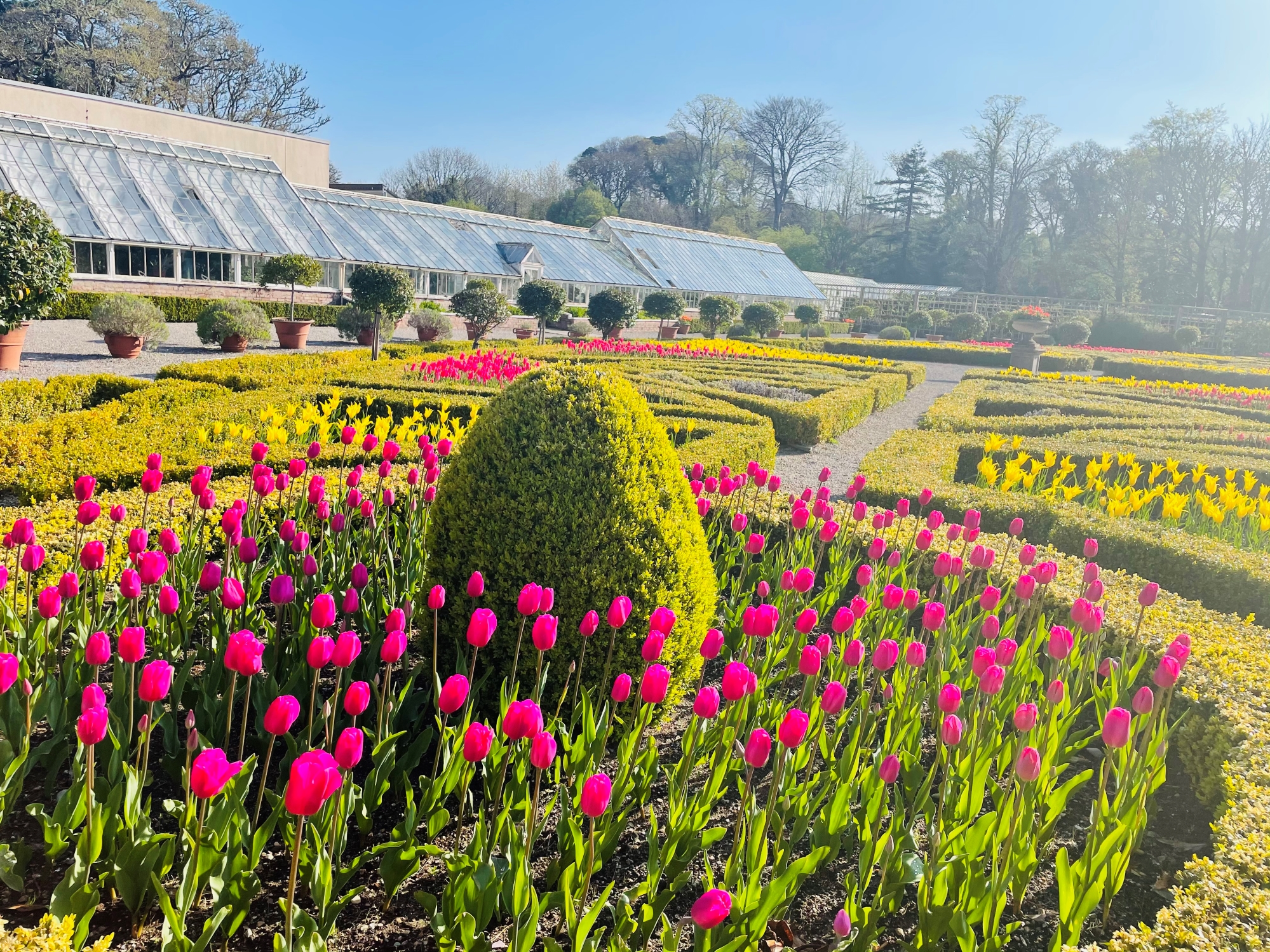
Today, Muckross House and Gardens continue to charm visitors from all across the world, offering a unique blend of history, culture, and natural beauty. The estate serves as a popular tourist destination, welcoming thousands of visitors each year who come to explore its stately halls, stroll through its lush gardens, and experience Ireland's rich heritage. From its origins as a grand Victorian mansion to its transformation into a cherished national treasure, with the stunning beauty of traditional farms and the craftsmanship of traditional weavers, potters, and bookbinders, Muckross House reflects beauty and elegance in the heart of Killarney National Park. Whether you're a history enthusiast, a nature lover, or simply seeking a peaceful retreat, a visit to Muckross House and Gardens promises an unforgettable experience that will leave you captivated by its timeless charm.

